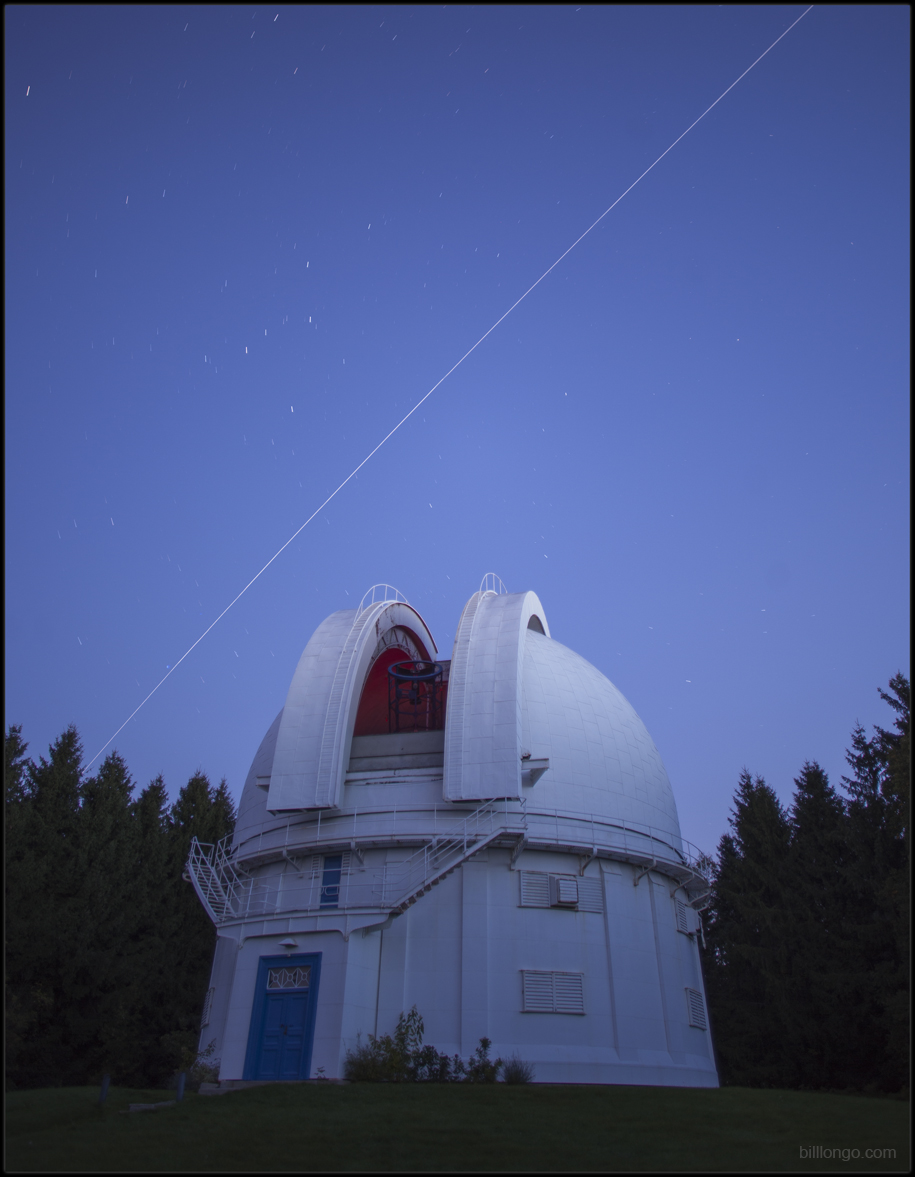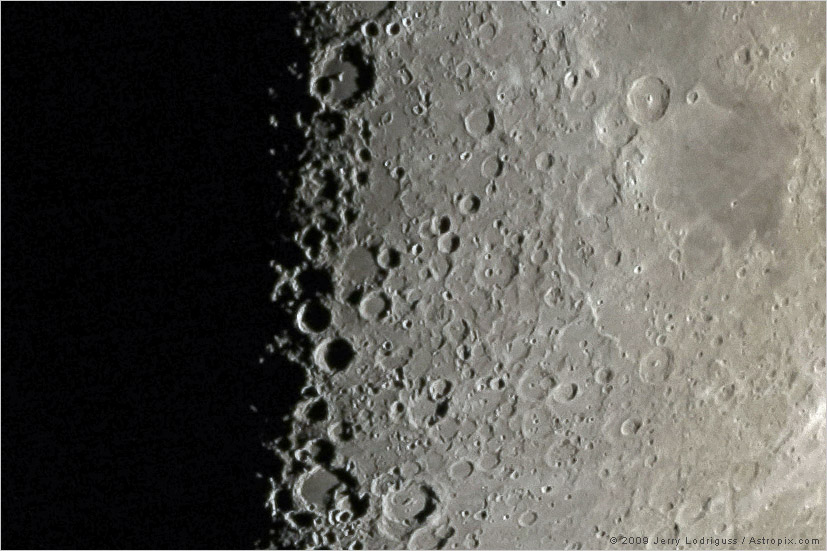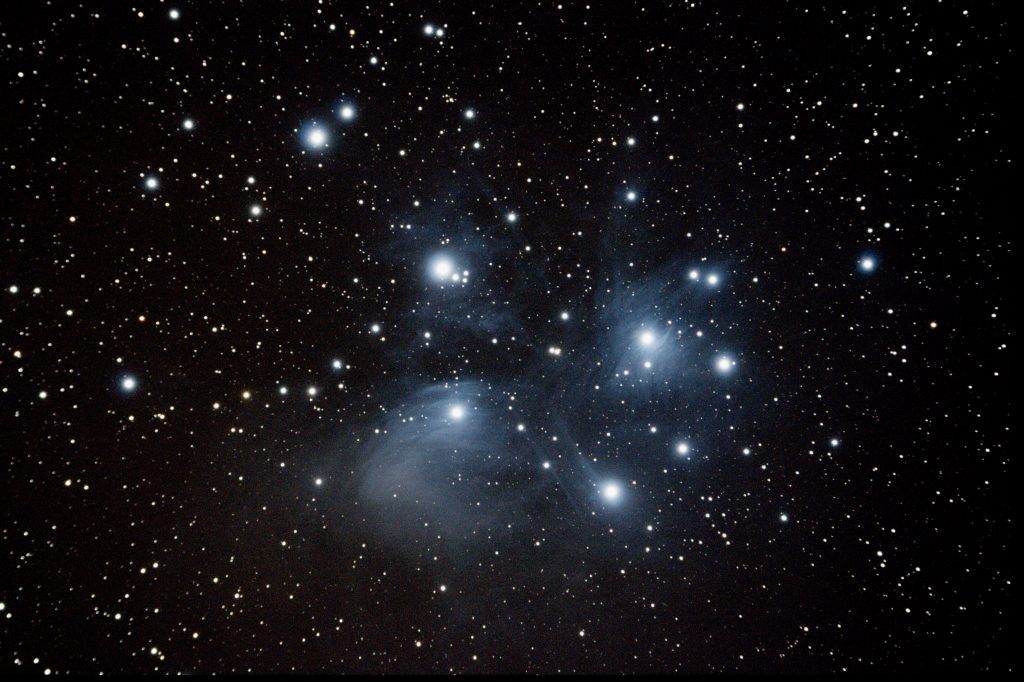Spotting Satellites, Venus Veers past Saturn, Mars Snuggles a Double Star, and Full Moonlight Floods the Night Sky!
This long exposure image by Bill Longo of Toronto shows the trail produced by the International Space Station when Expedition 41 flew over the David Dunlap Observatory in 2014. Bill’s gallery of beautiful images can be explored at https://interceptedphotons.com/ Happy December, Stargazers! Here are your Astronomy Skylights for the week of December 8th, 2019 by…
Read more









